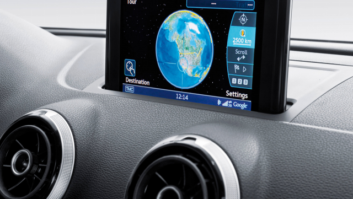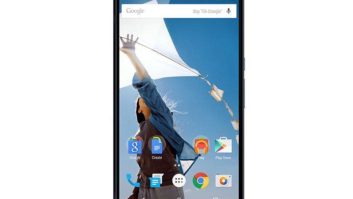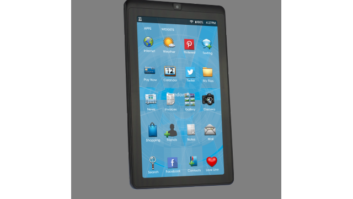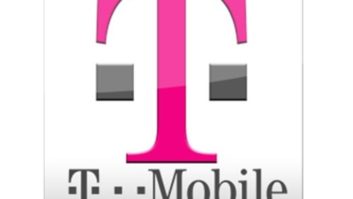Milipitas, Calif. – A group of wireless companies banded together to develop a specification that would deliver voice services over data-centric LTE (Long Term Evolution) 4G wireless networks.
Members of the VoLGA Forum (Voice over LTE via Generic Access Forum) expect to complete and publish an initial set of specifications by mid-2009. The forum consists of Alcatel-Lucent, Ericsson, Huawei, Kineto Wireless, LG Electronics, Motorola, Nortel, Samsung, Starent Networks, T-Mobile and ZTE.
In the U.S., the first carrier that could potentially take advantage of the spec is Verizon Wireless, which expects to offer dual-mode 3G/4G USB modems when it launches 4G service in its 700MHz spectrum in 2010. Other data-centric devices and CE devices with embedded 4G technology will follow “in the not-too-distant future,” Verizon VP Tom Sawanobori told TWICE without specifying if they would arrive in 2010.
Verizon is also looking at LTE-equipped smartphones and feature phones, he said, because of the potential to offer voice over data.
AT&T Mobility has also endorsed LTE but hasn’t committed to a launch date, preferring to enhance its HSPA network and then move on to HSPA+.
In an unspecified number of markets in 2010, Verizon will launch commercial LTE service and then quickly expand service to “a significant footprint” before the year is out, Sawanobori said without getting more specific. The dual-mode USB modems supporting the launch will incorporate 700MHz LTE and, for backward compatibility in Verizon’s existing network, CDMA 1x EV-DO Rev. A technology.
Verizon’s nationwide 700MHz spectrum covers more geographic area and reaches more people than the carrier’s CDMA 1x EV-DO 850/1900MHz spectrum, which reaches around 274 million people, combined with its unused 1.7/2.1GHz spectrum, a spokesman said. The 700MHz footprint excludes Alaska.
In Verizon’s U.S. field trials, LTE delivers peak data rates of 50-60Mbps, but the company hasn’t disclosed expected average throughputs. Whatever the throughputs turn out to be, the carrier promises to exceed the speeds of competing technologies deployed in the U.S. in 2010 and beyond. The competing networks include Clearwire’s 2.5GHz Mobile WiMAX network, T-Mobile’s 1.7/2.1GHz HSDPA network, and AT&T’s planned upgrade from HSPA to HSPA+, said by the carrier to offer peak speeds of 20Mbps. Verizon would be the first U.S. carrier to offer LTE. AT&T has embraced LTE but has not announced deployment plans.
By operating its LTE network in the 700MHz band, Verizon continued, the carrier will be able to deliver maximum speeds to more locations within a market than 4G networks would in higher frequency bands, he said. He pointed to the 700MHz band’s ability to transmit signals over longer distances and with better in-building penetration compared to other U.S. bands used for cellular voice and data. Those bands are the 850/1900MHz bands, 1.7/2.1GHz Advanced Wireless Services (AWS) bands, and the 2.5GHz band being deployed for Mobile WiMAX service in the U.S.
The VoLGA forum is ogling a set of voice-over-LTE specifications based on the current Generic Access Network (GAN) standard from the 3GPP (Third Generation Partnership Project), the GSM standards group. The specs would deliver voice and messaging services over future LTE radio-access networks using the same core networks used by carriers today to provide voice services on 2G/GSM and 3G/W-CDMA radio-access networks, the forum said.








